Favorites
People climb that?! 3 crazy rocks climbers have actually mounted
Rock climbing is the pastime of mounting rocks. The goal is to climb rocks without falling. The risk of falling only intensifies the pleasure of pushing one’s physical and mental capacities to their limits. Thus, a rock translates challenge. Logically, then, the riskier and the more difficult the climb, the more intense the experience it will be. This, in any case, is one way of understanding why some climbers regularly choose—yes, by their own choice!—to climb some of the most dangerous and unclimbable rocks on earth. Here’s a look at a few of those places.
Cerro Torre, Argentina
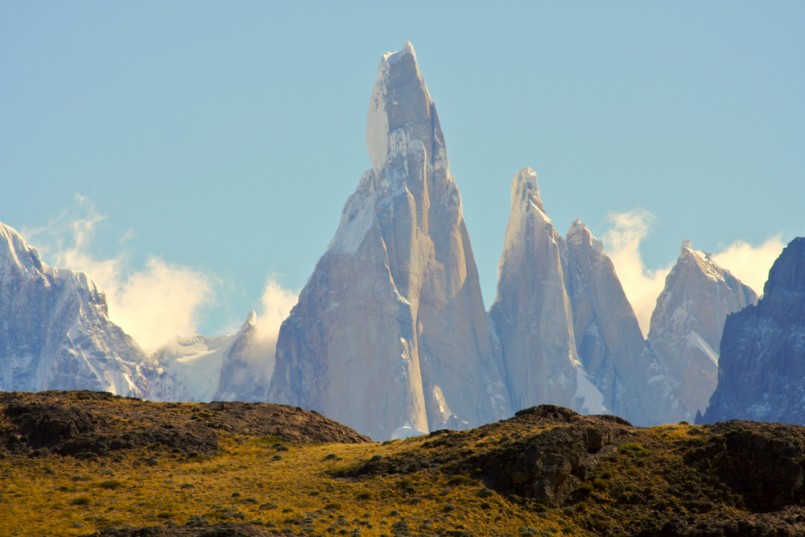
Image: Shutterstock/IDAK
With its nearly vertically inclined and narrow walls, the Cerro Torre mountain looks like a 2-mile high needle. Snow, ice, fierce winds and its remote location make this a nigh impossible climb. This, of course, is what makes experienced climbers salivate. The difficulty of climbing Cerro Torre has given rise to some controversy about attempts to mount and claims to have done so. When an attempt was made in 1959 by European mountaineers Toni Egger and Cesare Maestri, only Maestri made it back. He claimed that Egger had died in an avalanche after they had reached the summit. Unfortunately, according to Meastri, Egger died with all the evidence of reaching the summit, so you just had to take his word for it. After further investigations by climbers outraged at his claim have since demonstrated the unlikelihood of his account, Maestri took a huge compressor with him and drilled about 400 bolts into the mountain to make the climb a little easier. This sparked controversy about human intervention on this incredible mountain, moving some climbers to go remove some of the bolts. Other climbers have since actually climbed the mountain. The big question among climbers is, of course, is an ascent with bolts for wusses? Some think so and have forgone the bolts in their climb to the top.
Annapurna, Nepal
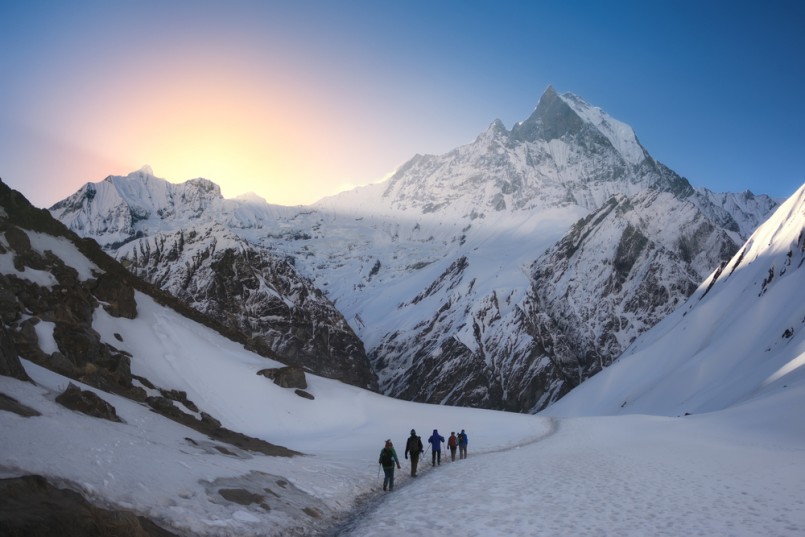
Image: Shutterstock/Anton Jankovoy
Annapurna is the 10th highest mountain in the world. That makes it a really big rock. It derives its name from the ancient Sanskrit for “Goddess of the Harvests.” Whereas in other times and for other peoples this rock formation inspired an awe articulated through religion, modern Westerners respond to that awe with a desire to overcome it. Embarrassingly, the desire to “conquer a mountain” recalls the apparently too-real conflict I was taught in 3rd grade between man and nature. In any case, Annapurna is in fact extremely dangerous. This mountain has one of the highest fatality rates in the world, with one third of attempts to climb it leading to death.
The Matterhorn, Switzerland
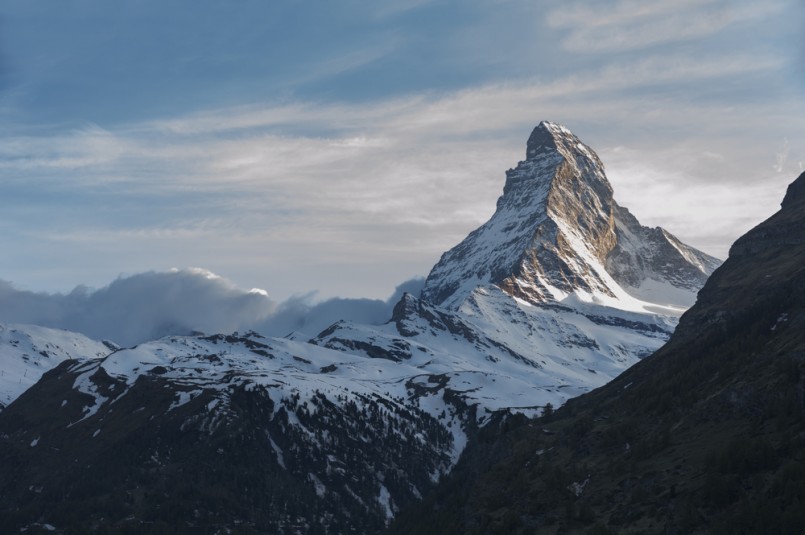
Image: Shutterstock/Lee Yiu Tung
The Matterhorn is a rock in the Alps that’s about 4.5 km high (14,000 feet), making it one of the highest mountain peaks in Europe. It has attracted mountaineers since the 1850s, but not without a fifty-year hiatus following the death of four climbers in 1865. Since 1931, it has become one of the most popular extreme climbs for mountaineers, though it remains one of the most dangerous—an estimated 500 climbers have died since 1865. The mountain, and the stories surrounding it, have also proven to be crucial in popularizing mountain culture.

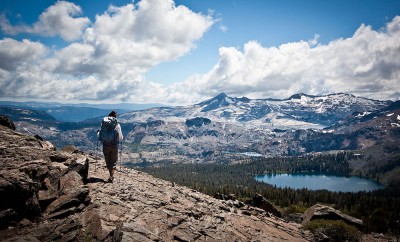
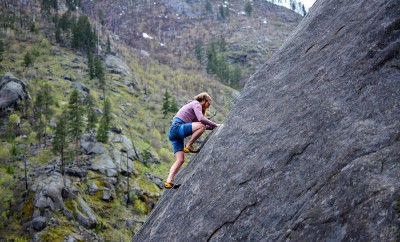
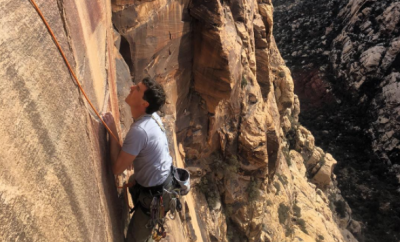

0 comments